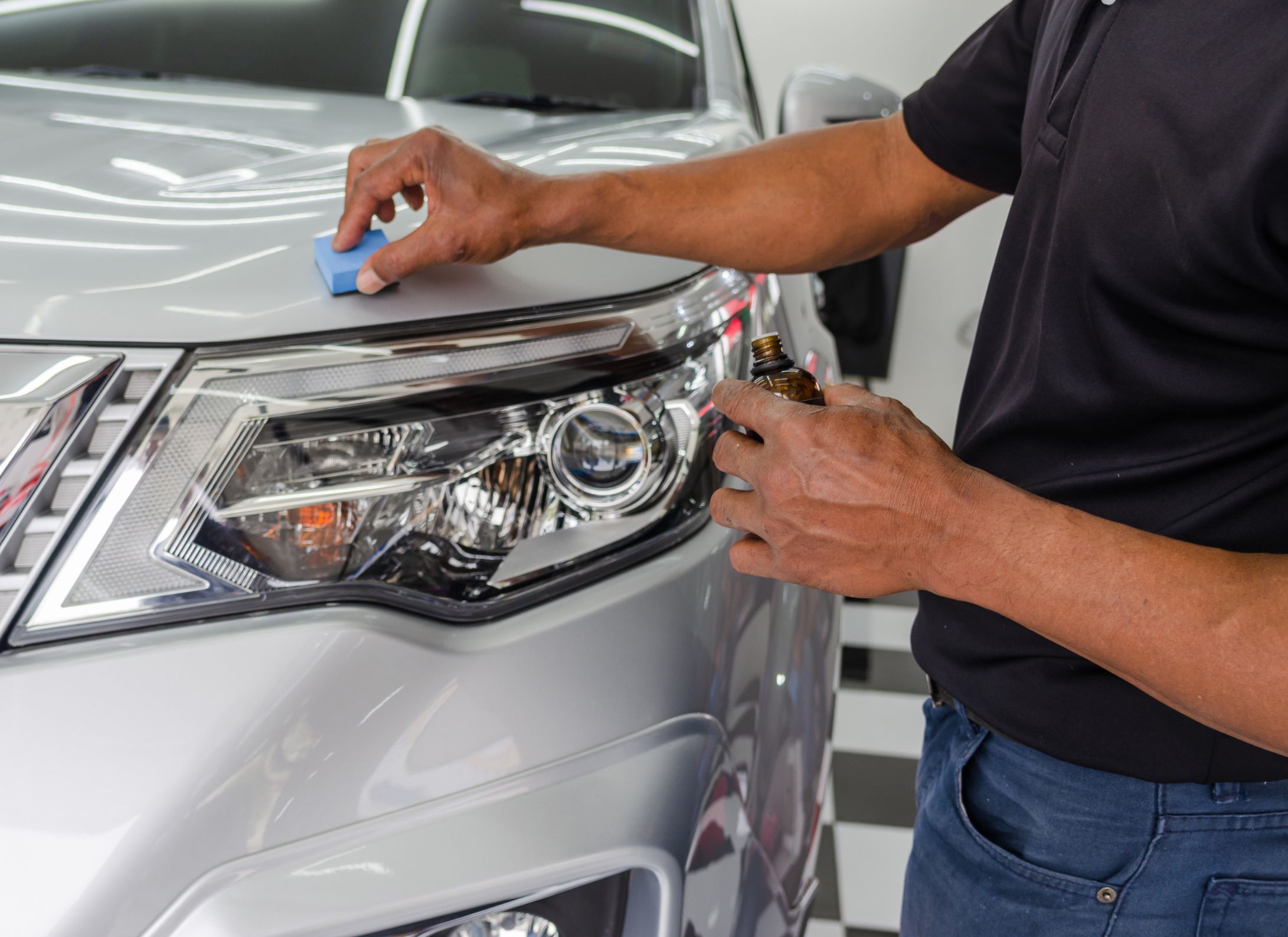Owning a car is a significant investment, and maintaining its appearance and resale value is a priority for many car owners. One way to protect your vehicle’s exterior is by applying car paint protection. This treatment promises to shield your car’s paint from environmental damage and keep it looking pristine. But is it really worth the investment? Let’s explore the benefits, types, and considerations of car paint protection.
What is Car Paint Protection?
Car paint protection involves applying a protective layer over the car’s paintwork to prevent damage from various environmental factors. This layer can be a ceramic coating, paint protection film (PPF), or a sealant. Each type offers different levels of protection and durability.
- Ceramic Coatings: These are liquid polymers that chemically bond with the car’s factory paint, creating a layer of protection. Ceramic coatings are known for their durability, often lasting several years. They offer excellent resistance to UV rays, bird droppings, tree sap, and minor scratches.
- Paint Protection Film (PPF): This is a transparent, urethane film applied to the car’s surface. PPF provides robust protection against physical damage such as stone chips, minor abrasions, and chemical stains. It is self-healing, meaning minor scratches can disappear with heat application.
- Sealants: These are synthetic waxes that provide a glossy finish and protect the paint. While not as durable as ceramic coatings or PPF, sealants are relatively easy to apply and can offer protection for several months.
Benefits of Car Paint Protection
- Preserves Aesthetic Appeal: Car paint protection keeps your vehicle looking new by maintaining its glossy finish and preventing dullness. It enhances the colour depth and shine, making your car stand out.
- Protects Against Environmental Damage: UV rays, bird droppings, tree sap, acid rain, and road salt can cause significant damage to your car’s paint. A protective layer acts as a barrier, reducing the risk of fading, etching, and staining.
- Eases Maintenance: Protected surfaces are easier to clean. Dirt, grime, and contaminants have a harder time sticking to the surface, making regular washing less of a chore. Additionally, water spots are less likely to form.
- Enhances Resale Value: A well-maintained exterior can significantly boost your car’s resale value. Potential buyers are more likely to pay a premium for a vehicle that looks like it just rolled off the showroom floor.
Is It Worth the Investment?
The decision to invest in car paint protection depends on several factors, including your budget, how long you plan to keep the car, and your commitment to maintaining its appearance.
- Cost vs. Longevity: Ceramic coatings and PPF are more expensive upfront compared to sealants, but they offer longer-lasting protection. If you plan to keep your car for several years, the investment can be worthwhile.
- Usage and Environment: If you frequently drive in harsh conditions or park your car outdoors, paint protection can help mitigate the damage caused by the elements. Conversely, if your car is mostly garaged and used sparingly, you might get by with regular waxing and occasional detailing.
- Personal Preference: Some car owners take great pride in the appearance of their vehicle and are willing to invest in premium protection. Others may not see the value in spending extra on something that doesn’t directly impact the car’s performance.
Conclusion
Car paint protection can be a valuable investment for many car owners. It offers substantial benefits, from preserving the vehicle’s aesthetic appeal to making maintenance easier and enhancing resale value. However, the worth of this investment depends on individual circumstances and priorities. Assessing your budget, usage patterns, and long-term plans for the vehicle can help you determine whether car paint protection is right for you.



